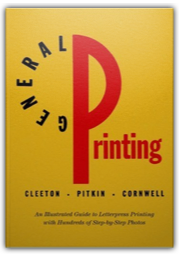
General Printing is a comprehensive guide to letterpress printing. With 300 photos and 140 illustrations, it offers detailed step-by-step visual instruction. Key topics include: handsetting type, taking proofs, mitering rules, locking up a form, adding packing and make-ready, feeding a platen press, advanced composition, design, typography, and tricks of the trade. "The best all-around introductory book for traditional letterpress printing, this manual is profusely illustrated with detailed and useful photographs and should occupy a prominent place on the shelf of every letterpress printer. It will serve as the next best thing to an apprenticeship at the feet of a master printer, and is certain to be used as a handy reference throughout your printing journey." —David S. Rose, Introduction to Letterpress Printing 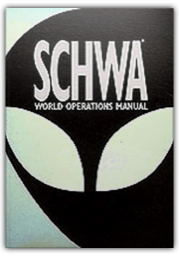
Playing on paranoia, conspiracy theories, and alien influence, the Schwa Corporation reveals all the -izes you need for absolute domination of your own world. Beware though: monopolizingthe laws of reality can be dangerous, or at the very least, hilarious. Complete with your own stick figure population to manipulate as your whims dictate, the World Operations Manualwill turn you into a supreme ruler in seconds. This book is "banned on over 13,000,000 planets," so hurry if you want to see what all the fuss is about! 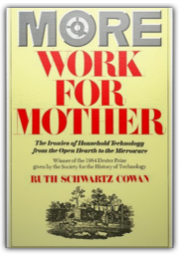
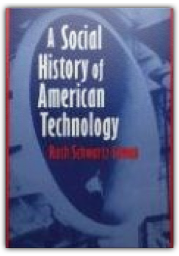
For over 250 years American technology has been regarded as a unique hallmark of American culture and an important factor in American prosperity. Despite this American history has rarely been told from the perspective of the history of technology. A Social History of American Technology fills this gap by surveying the history of American technology from the tools used by the earliest native inhabitants to the technological systems — cars and computers, aircraft and antibiotics — we are familiar with today. Cowan makes use of the most recent scholarship to explain how the unique characteristics of American cultures and American geography have affected the technologies that have been invented, manufactured, and used throughout the years. She also focuses on the key individuals and ideas that have shaped important technological developments. The text explains how various technologies have affected the ways in which Americans work, govern, cook, transport, communicate, maintain their health, and reproduce. Cowan demonstrates that technological change has always been closely related to social development, and explores the multiple, complex relationships that have existed between such diverse social agents as households and businesses, the scientific community and the defense establishment, artists and inventors. Divided into three sections — colonial America, industrialization, the 20th century — A Social History of American Technology is ideal for courses in American social and economic history, as a correlated text for the American history survey, as well as for courses that focus on the history of American technology. It offers students the unique opportunity to learn not only how profoundly technological change has affected the American way of life, but how profoundly the American way of life has affected technology. |
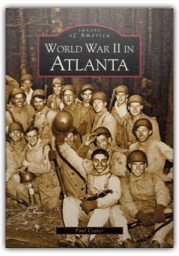
Few historical events shaped the city of Atlanta more than World War II. A hub for the Civil Rights movement in the 1950s and 1960s, Atlanta is now home to over four million people and serves as national headquarters for a dozen Fortune 500 companies. It would never have developed to such prominence, however, without the Allied victory in the global conflict. From the social reforms of the New Deal to the economic impact of war industries, to the early gains of the Civil Rights movement, World War II in Atlanta illustrates the transformation of the city from a regional Southern town into a major industrial metropolis. ÝÝThrough images selected from the collections of the Kenan Research Center at the Atlanta History Center, this volume examines the warís role in creating todayís vibrant, sprawling megalopolis with its diverse population. View photographs of wartime president Franklin D. Roosevelt during his visits to Atlanta and other Georgia cities. Pictures from the home front include war bond advertisements, Bob Hope at a USO show, and victory garden promotions. The two warships named Atlanta as well as the Liberty ships named for famous Atlantians illustrate the symbolic connections between the city and the war. In addition, portraits and personal stories of some of Atlantaís sons and daughters who served in the war highlight the human side of the conflict. 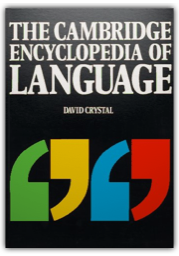
The most diverse, enjoyable, and thought-provoking encyclopedia on language. Though not an alphabetical encyclopedia, the coverageof the 65 thematic chapters isencyclopedic—ideal for anyone interested in words, speech, writing, and thought, and certain to be a continual point of reference for any writer for years to come. Very Highly Recommended. 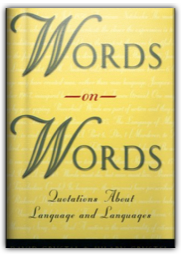
"I hate quotations," said Emerson in his Journals. "Tell me what you know." Poor Emerson. He didn't realize how very much could be known by browsing a book of quotations. Words on Wordsprovides a sort of crash course in the history of thought about language and languages. Sure, what you get here are just snippets—nearly 5,000 of them—but those snippets will send you back to countless original sources. The result is a sort of Bartlett'sfor word lovers, language enthusiasts, and linguists. (As in Bartlett's, a generous portion of the text—nearly half—is devoted to indexes.) |

My Library
Collection Total:
1165 Items
1165 Items
Last Updated:
Sep 9, 2009
Sep 9, 2009
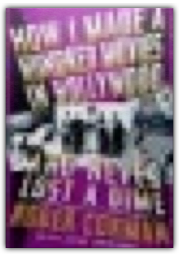


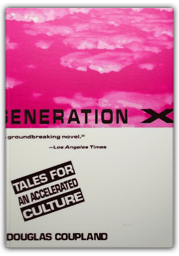
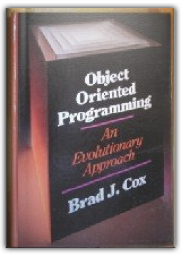
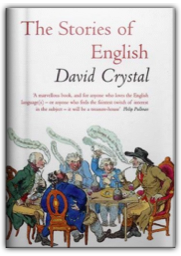
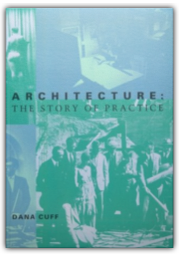
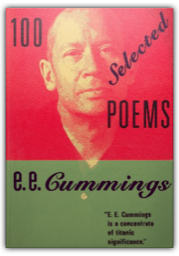
 Made with Delicious Library
Made with Delicious Library